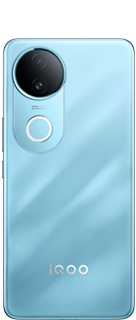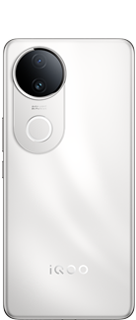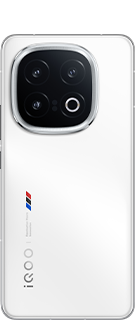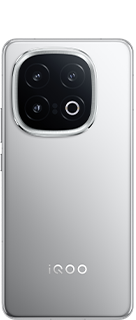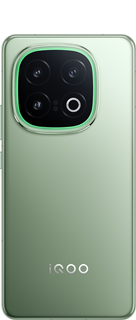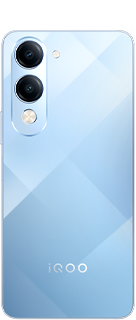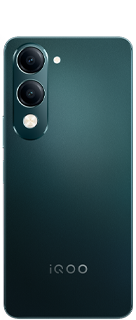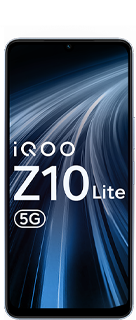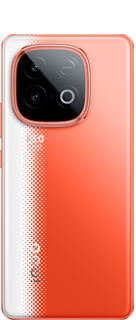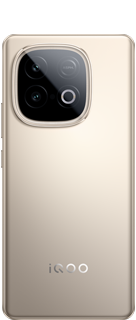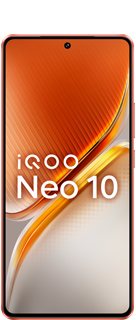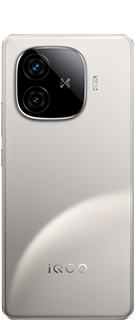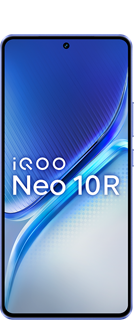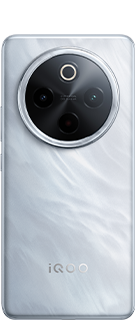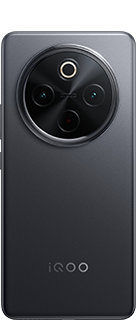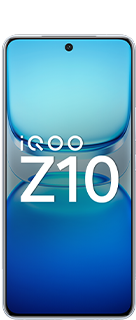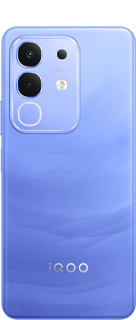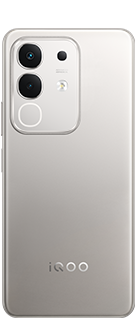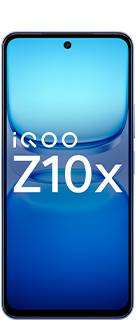#8/15 Tech Terms Explained | ISOCELL vs Sony IMX Camera Sensors #TTS
Hey Questers!
Ever wondered what really powers your smartphone camera behind the scenes? 📸
Let’s talk about ISOCELL vs Sony IMX — two of the most commonly used camera sensors in today's smartphones.
Both capture photos, but the way they do it — and the results — can be very different. Let’s simplify it 👇
🧠 What is a Camera Sensor?
A camera sensor is the heart of your smartphone camera.
It captures light and converts it into a digital image.
Bigger and better sensors = clearer, brighter, and more detailed photos, especially in low light.

📸 What is Sony IMX?
- IMX series sensors are developed by Sony (Japan)
- Known for balanced colors, accurate skin tones, and great dynamic range
- Often found in flagship phones and DSLR-level smartphones
- Example: Sony IMX766, IMX890, IMX989
✅ Great low-light performance
✅ Widely used across brands like OnePlus, iQOO, OPPO, Vivo, Xiaomi
📸 What is ISOCELL?
- ISOCELL is Samsung’s in-house sensor tech
- Focused on innovation and mega resolution (e.g. 108MP, 200MP)
- Uses advanced tech like TetraCell, Smart ISO, and Nano Binning
- Example: ISOCELL GN1, HP2, JN1
✅ High-resolution detail
✅ Excellent HDR and color control
✅ Often used in both mid-range & flagship phones
🆚 ISOCELL vs Sony IMX – Quick Comparison
FeatureSony IMXSamsung ISOCELL
Brand OriginSony (Japan)Samsung (South Korea)
Focus AreaColor Accuracy, Dynamic RangeHigh Resolution, Brightness
Common inFlagships & balanced shootersHigh-res phones, AI-heavy cams
Low LightExcellent 🌙Very Good 🌙
HDRGreatExcellent
Resolution50–64MP (avg.)50MP to 200MP
Skin Tone AccuracyNaturalVivid

📌 Which is Better?
It depends on your use case:
- Want natural colors and sharp details? → Sony IMX
- Want ultra-high resolution & vibrant colors? → ISOCELL
📱 Some iQOO phones feature Sony IMX766V for flagship-grade photography with OIS and powerful night mode.
🧠 Real-Life Analogy:
Imagine two chefs 👨🍳👩🍳
- Sony IMX = Michelin-star chef with balanced flavors
- ISOCELL = Fusion chef who brings creative and colorful dishes to the table
Both are great — just different styles!
So the next time you're checking camera specs, pay attention to the sensor name — it's a big part of what makes your phone camera really click! 📷✨
📍 Coming up in Day 9: We simplify LPDDR4X vs LPDDR5X RAM — speed, power, and multitasking decoded!
Please sign in
Login and share
